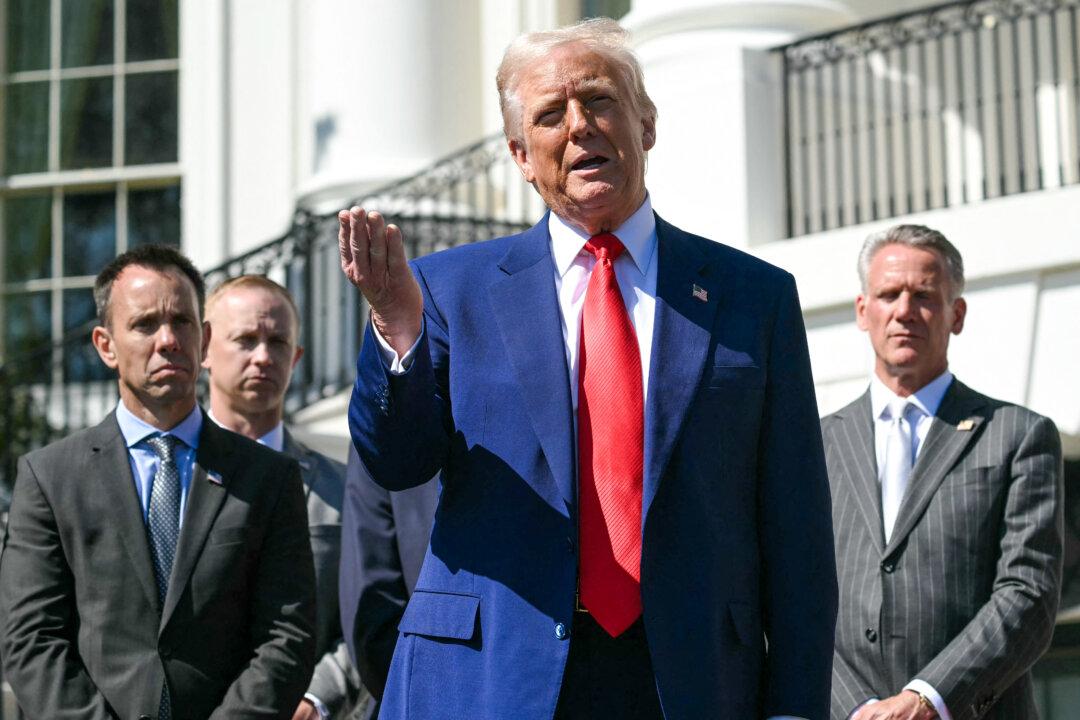The benchmark S&P 500 stock index, widely viewed as a proxy for the overall U.S. equities market, surged to close at 3,389.78 points on Tuesday, setting a new all-time high record and wiping out all its COVID-19-driven losses.
After plunging dramatically in late February into a bear market that hit bottom on March 23, the S&P 500 has now completed a full V-shaped recovery, rebounding some 55 percent off the pandemic lows and solidifying its new bull market run.
The closely-watched index, which gets its name from the fact that it tracks the common stock issued by 500 big-cap companies listed on American stock markets, experienced its shortest bear market in history since plunging to its March 23 bottom. The Wall Street icon posted its largest gain in a 103-day period in 87 years, according to Refinitiv data.
Yet equities are not necessarily reflective of the health of the broader economy, experts point out, with unprecedented monetary and fiscal stimulus sending a tidal wave of liquidity through the financial system. This has led to asset inflation seemingly unmoored from economic fundamentals, with the surge in risky assets like stocks happening in parallel to major gains in traditional risk-free assets like US Treasurys and safe-havens like gold, while weekly jobless claims filings just last week breaking below 1 million, a positive trend but still an elevated number.
“The S&P 500 has been impressive and has created a lot of wealth, but I am not sure that reflects the overall health of the economy,” said Patrick Leary, chief market strategist at Incapital.
“The rally has more to do with asset inflation, which is fueled by all the liquidity and all the continued support in the economy as well as the weakening dollar,” he added.
Doubts about the underlying health of the economy, however, persisted in Tuesday’s session, with lukewarm reactions to bumper results from Home Depot and Walmart limiting gains. The S&P 500 flirted with all-time highs for several sessions before finally hitting a new record, raising questions about whether this run of gains could last.
Preliminary closing results show that the Dow Jones Industrial Average fell 67.32 points, or 0.24 percent, to 27,777.59, the S&P 500 gained 7.79 points, or 0.23 percent, to 3,389.78 and the Nasdaq Composite added 81.12 points, or 0.73 percent, to 11,210.84.
Meanwhile, stock analysts at Goldman Sachs have boosted their forecasts for the S&P 500, driven by expectations of a sharp economic rebound in 2021 and a rollout by year’s end of a COVID-19 vaccine.
In a recent research note circulated to clients, Chief U.S. Equity Strategist David Kostin raised his fair-value year-end target for the S&P 500 by 20 percent—from 3,000 points to 3,600.
Kostin referenced recent optimistic headlines around efforts to develop a COVID-19 vaccine, which Goldman analysts expect will translate into above-consensus earnings for S&P 500 listed companies.
Still, while the S&P 500 may be in for some downside correction, a range of equity market performance indicators suggest the rally has steam, according to Nick Reece, senior analyst and portfolio manager at Merk Investments.
“While near-term downside volatility may be likely, my base-case view is that we’re in an ongoing secular bull market,” Reece recently told The Epoch Times in an emailed statement. “The medium-term outlook continues to be supported by leading economic indicators, a high remaining wall-of-worry, high allocations to cash, and by revisions to earnings expectations.”
Yet downsides to the outlook remain, with Goldman analysts noting the 2020 election and, the chief worry, the course of the pandemic.






